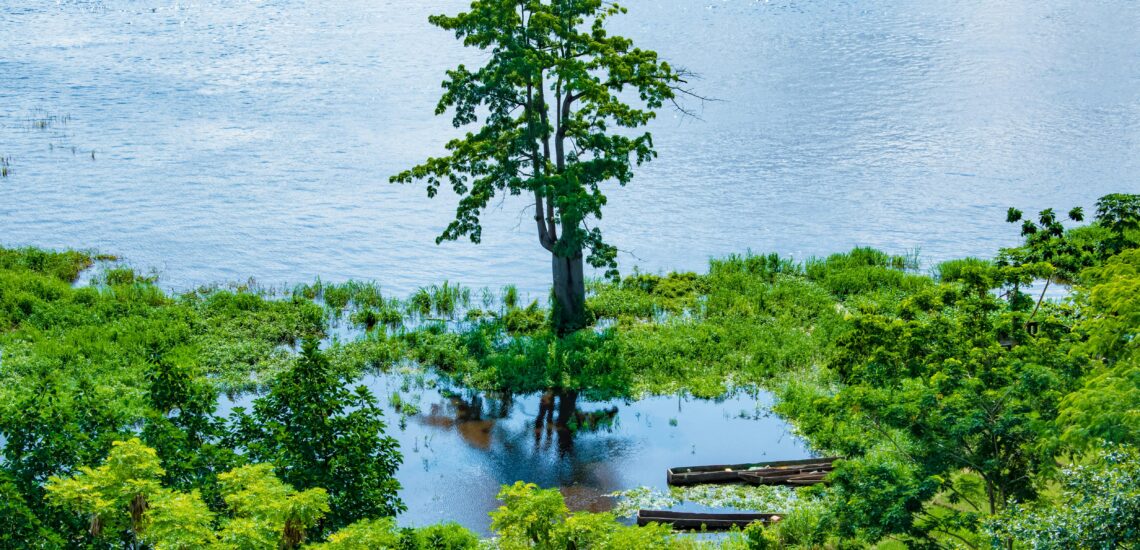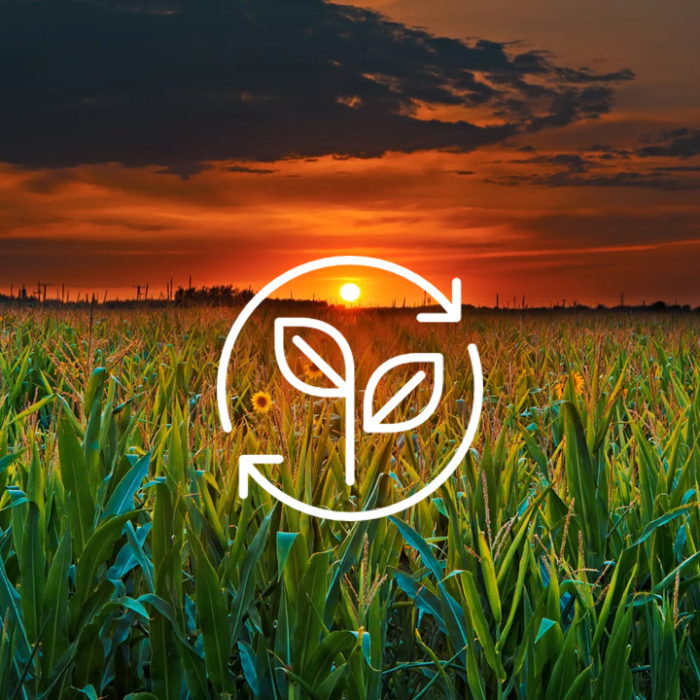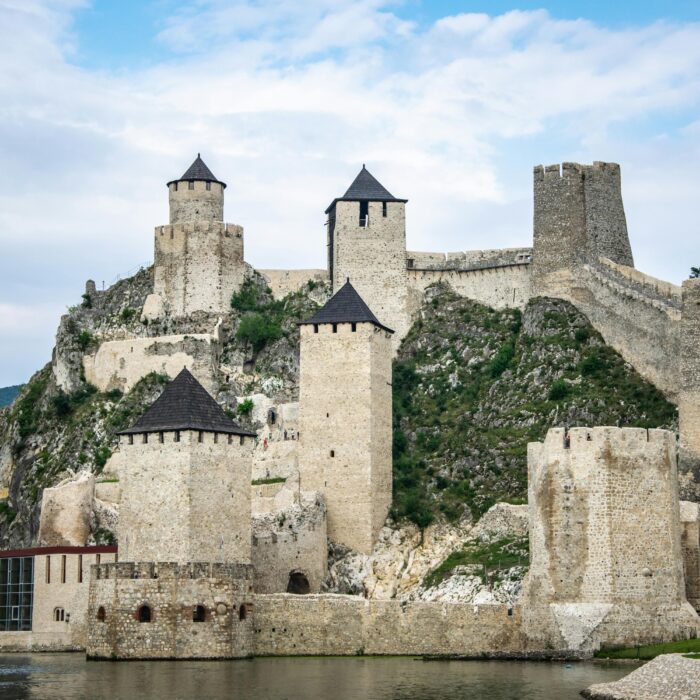Quick facts about Congo Brazzaville:
- Population: Approximately 6.3 million people.
- Capital: Brazzaville.
- Official Language: French.
- Other Languages: Lingala, Kikongo, and various indigenous languages.
- Currency: Central African CFA franc (XAF).
- Government: Unitary presidential republic.
- Major Religion: Christianity (predominantly Roman Catholic and Protestant), with indigenous beliefs also practiced.
- Geography: Located in Central Africa, bordered by Gabon to the west, Cameroon to the northwest, the Central African Republic to the north, the Democratic Republic of the Congo to the east and south, and the Atlantic Ocean to the southwest. The country features a mix of coastal plains, savanna, and rainforests.
Fact 1: The capital of the Republic of Congo is named in honor of the French explorer
The capital of the Republic of the Congo, Brazzaville, is named after Pierre Savorgnan de Brazza, an Italian-French explorer and colonial administrator who played a significant role in the exploration of Central Africa in the late 19th century. De Brazza is particularly noted for his opposition to the slave trade and his efforts to establish French influence in the region.
He founded the city of Brazzaville in 1880 during his expeditions along the Congo River, and it quickly became a key administrative center for French colonial activities in the area. De Brazza’s legacy is marked by his attempts to advocate for the welfare of local populations and his commitment to ending the slave trade, which was rampant during his time. His actions led to the establishment of treaties that aimed to protect African communities from exploitation.

Fact 2: The Congo River, which gives its name to the country, is the second longest in Africa
Stretching approximately 4,700 kilometers (2,920 miles), it flows through several countries, including the Democratic Republic of the Congo (DRC) and the Republic of the Congo, before emptying into the Atlantic Ocean. The river is a vital waterway for trade and transportation in the region, serving as a lifeline for many communities along its banks.
The Congo River is notable not just for its length but also for its immense basin, which is the second-largest river basin in the world, covering about 4 million square kilometers (1.5 million square miles). The river is a crucial source of hydroelectric power, and the Inga Dams on the river have the potential to produce a significant amount of electricity. Additionally, the Congo River is home to diverse ecosystems and rich biodiversity, supporting a variety of wildlife, including fish, birds, and even river dolphins.
Fact 3: There are two UNESCO Heritage site in the Republic of Congo
First, UNESCO World Heritage site is the Sangha Trinational. This protected area, designated in 2012, spans across the borders of the Republic of the Congo, Cameroon, and the Central African Republic. The Sangha Trinational is renowned for its dense tropical rainforest, which houses an exceptional array of biodiversity, including endangered species like forest elephants, lowland gorillas, and chimpanzees. The conservation of this site is crucial due to its ecological significance and the numerous endemic species it supports.
Second, the Odzala-Kokoua National Park in the Republic of Congo was officially inscribed as a UNESCO World Heritage Site in 2023. Recognized for its rich biodiversity, the park is notable for its unique ecosystem diversity, which includes Congolese and Lower Guinean forests as well as savanna landscapes. This designation acknowledges its role as a critical habitat for species like forest elephants and a wide array of primates, including western lowland gorillas. The park’s new status should help attract further support and funding for conservation efforts, enhancing its ecotourism appeal as well as international recognition.
Note: When planning a visit to the country, check if you need an International Driving Permit in the Republic of Congo to rent and drive a car.

Fact 4: After independence, the Republic of Congo was the first communist country
After gaining independence from France in 1960, the Republic of Congo initially adopted a Marxist-Leninist government under the leadership of President Fulbert Youlou. In 1963, after a coup, a more firmly established socialist regime took control with the rise of Marien Ngouabi, who declared the Republic of Congo a People’s Republic in 1969. This marked the beginning of a communist era, characterized by one-party rule and state control over the economy.
However, by the late 1980s, as many countries across Africa began transitioning away from single-party systems, the Republic of Congo followed suit. In 1991, political reforms were implemented that allowed for multi-party elections and a return to democratic governance. This transition was not without challenges, as the country experienced political instability and conflict during the 1990s, including a civil war from 1997 to 1999.
Fact 5: The Republic of Congo has become known for its La Sape subculture
The Republic of Congo is renowned for its subculture known as “La Sape,” which stands for “Société des Ambianceurs et des Personnes Élégantes.” This movement emerged in the late 1990s and is centered around the celebration of fashion and elegance among its practitioners, known as “Sapeurs.” La Sape is characterized by its emphasis on flamboyant and sophisticated attire, often featuring brightly colored suits, stylish shoes, and distinctive accessories.
Sapeurs regard fashion as a form of artistic expression and personal identity, often using their clothing to make statements about class, status, and individuality. Despite the socio-economic challenges faced in the country, Sapeurs take great pride in their appearance and demonstrate creativity in their fashion choices.
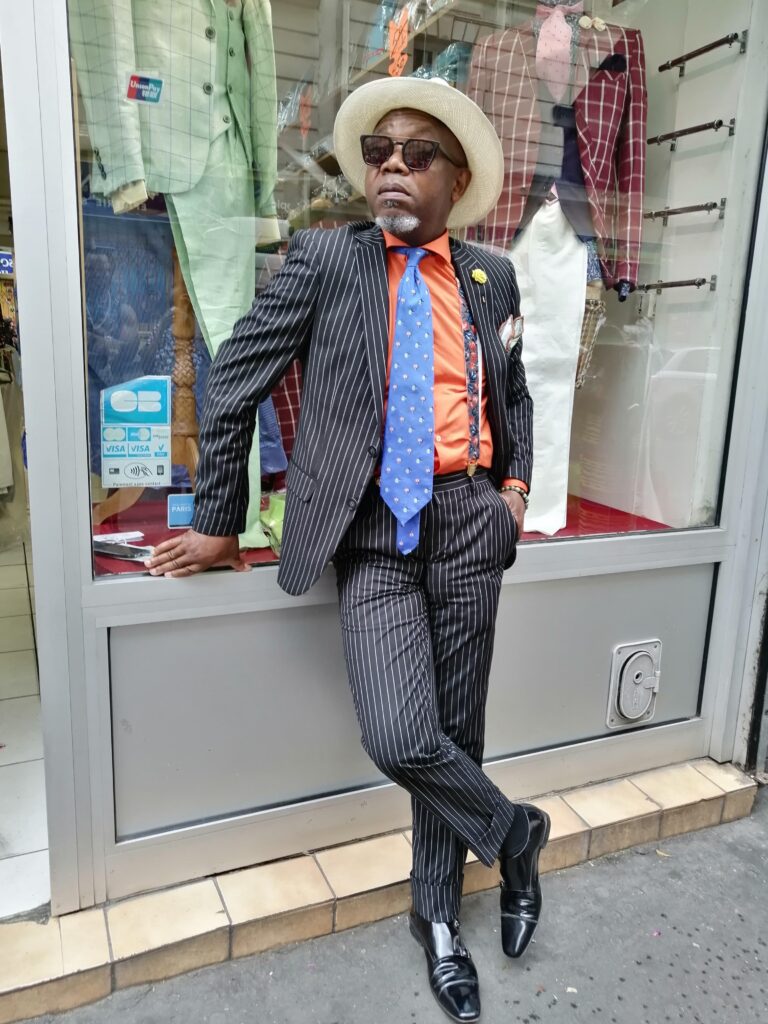
Fact 6: The Republic of Congo’s exports are based on oil
The economy of the Republic of Congo is heavily reliant on oil exports, which constitute a significant portion of the country’s revenue. Oil production began in the early 1970s, and since then, it has become the backbone of the Congolese economy, accounting for nearly 90% of total exports. The Republic of Congo is one of the largest oil producers in Africa, with daily production levels typically exceeding 300,000 barrels. This dependence on oil makes the economy vulnerable to fluctuations in global oil prices, affecting government revenue and economic stability.
In addition to oil, the Republic of Congo also exports timber, minerals, and agricultural products, but these sectors contribute a much smaller share to the overall economy.
Fact 7: Forests cover more than 60% of the country, but their area is shrinking
Forests in the Republic of Congo cover over 60% of the country’s land area, making it one of the most forested nations in Africa. These tropical rainforests are rich in biodiversity and play a crucial role in the global ecosystem, serving as carbon sinks and habitats for numerous species. The Congo Basin, in which the Republic of Congo is located, is the second-largest rainforest in the world after the Amazon, and it is home to a variety of wildlife, including endangered species such as gorillas and elephants.
However, the forested area is increasingly under threat from deforestation due to logging, agricultural expansion, and infrastructure development. Illegal logging practices and unsustainable agricultural practices contribute significantly to forest loss. Between 2000 and 2018, the country lost approximately 2.3 million hectares of forest, which poses serious environmental concerns, including habitat loss, decreased biodiversity, and increased carbon emissions.
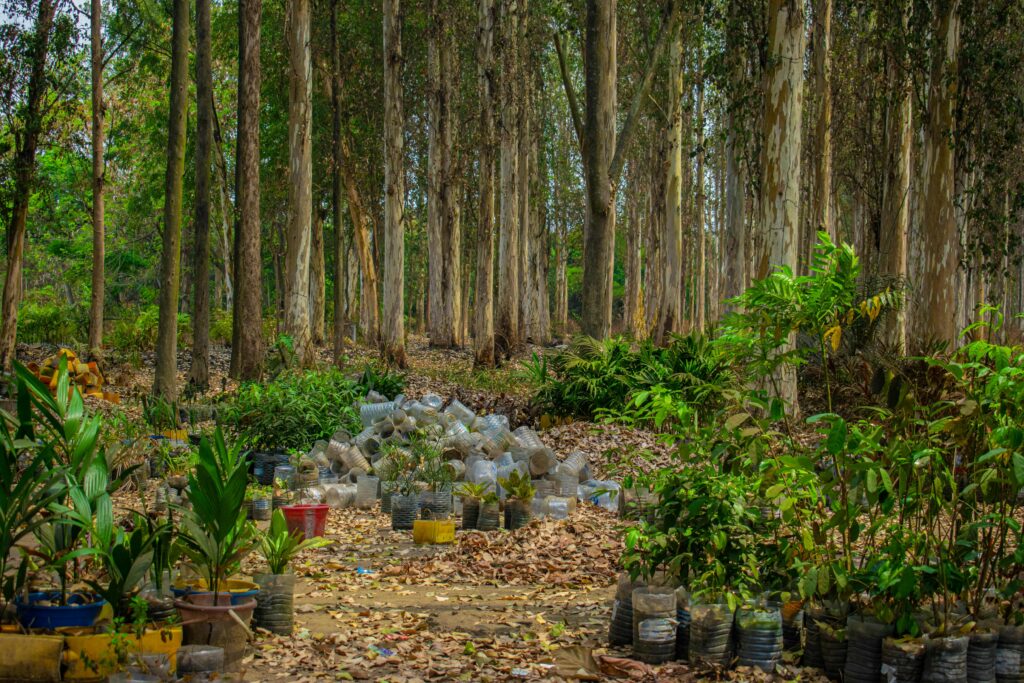
Fact 8: Nevertheless, the Republic of Congo is one of the best destinations for ecotourism
The Republic of Congo is recognized as one of Africa’s premier ecotourism destinations, largely due to its rich biodiversity, pristine rainforests, and unique wildlife. Ecotourism in the Republic of Congo focuses on sustainable practices that benefit both the environment and local communities. Tourists can engage in activities such as guided wildlife watching, birding, and exploring the vast network of rivers and trails that crisscross the lush landscapes. The unique cultural experiences offered by local communities, including traditional music and crafts, further enhance the ecotourism experience.
Fact 9: Along with Christian faith there are many magical beliefs and traditions
In the Republic of Congo, the interplay between Christianity and indigenous beliefs creates a unique cultural landscape rich in traditions and practices. While Christianity has been the predominant religion since the arrival of European missionaries in the 19th century, many Congolese people still embrace a variety of magical beliefs and traditional practices. These indigenous belief systems often coexist alongside Christianity, leading to a syncretism that incorporates elements of both.
Traditional beliefs often involve the veneration of ancestors, spirits, and natural forces. Rituals and ceremonies aimed at appeasing these spirits or seeking their guidance are common, and they play a significant role in community life. For instance, the use of charms, amulets, and rituals to invoke protection, healing, or good fortune is prevalent. Many people consult traditional healers, known as “nganga,” who utilize herbs, rituals, and spiritual insight to address health issues or personal problems.
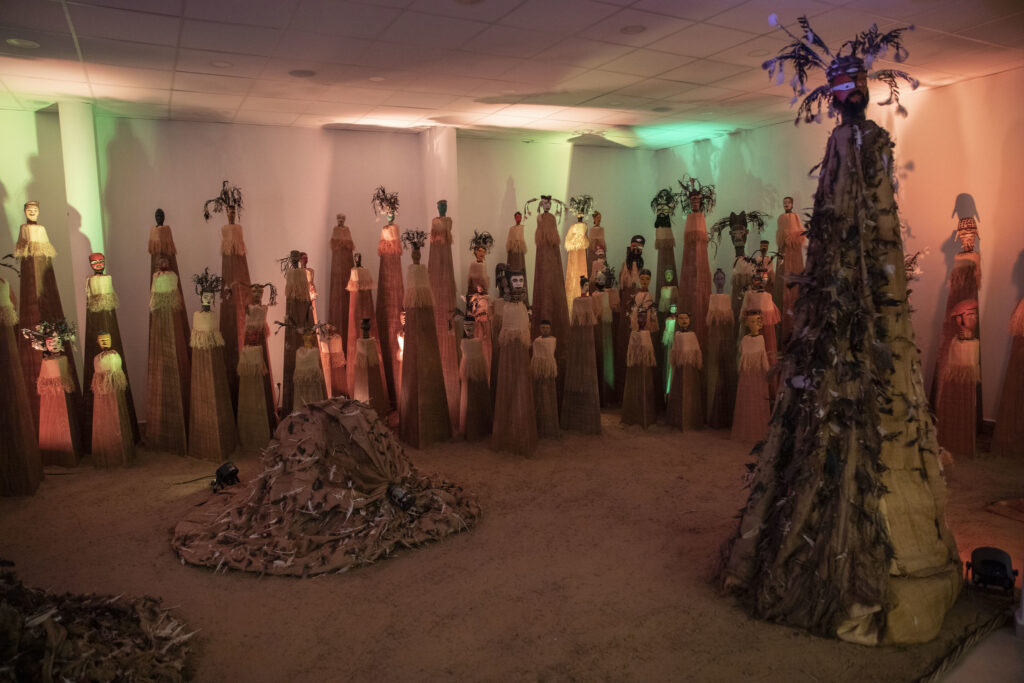
Fact 10: The capitals of the Republic of the Congo and the DRC are very close
The capitals of the Republic of the Congo and the Democratic Republic of the Congo (DRC) are in close proximity to each other, located just across the Congo River from one another. The capital of the Republic of the Congo is Brazzaville, while the capital of the DRC is Kinshasa. Accordingly, the names of their capitals, Congo Brazzeville and Congo Kinshasa, are used to distinguish the two Congos.

Published October 26, 2024 • 8m to read

